The armed clashes between Azerbaijan and Armenia are the most violent for years
Credit: Azerbaijan Ministry of Defence
Turkey’s president, Recep Tayyip Erdogan, has told Armenia to end its "occupation" of the flashpoint region of Nagorno-Karabakh amid a second day of fighting that claimed 21 more lives.
Armenian forces have been in fierce clashes with Azerbaijan’s troops in the region since Sunday, in the most severe flare-up of violence there for decades.
On Monday, Mr Erdogan said the time has come to end the long-running crisis in Nagorno-Karabakh, which broke away from Azerbaijan, a Turkish ally, in the 1990s after a bloody separatist war.
"The time has come for the crisis in the region that started with the occupation of Nagorno-Karabakh to be put to an end," Mr Erdogan said. "Once Armenia immediately leaves the territory it is occupying, the region will return to peace and harmony."
Meanwhile, the president of Armenia, Armen Sarkissian, claimed that Ankara had provided F-16 fighter jets to support its ally.
There were competing claims about fighting on the ground from both sides as forces from the two ex-Soviet neighbours pounded each other with rockets and artillery in the fiercest explosion of the conflict in more than a quarter of a century.
In Nagorno-Karabakh said residents had taken cover in bomb shelters and constant shelling could be heard.
“We haven’t seen anything like this since the ceasefire to the war in the 1990s," said Olesya Vartanyan, senior analyst for the South Caucasus region at Crisis Group, told Reuters. "The fighting is taking place along all sections of the front line.”
Armenian officials said that another 15 of their soldiers had died, on top of 16 killed when hostilities first broke on Sunday. They added that "fights of various intensity” were “raging on", and that four Azerbaijani helicopters and 36 Azerbaijani tanks and APCs had been destroyed.
Azerbaijan said that only one helicopter had been downed and that Armenian air defence systems had been heavily bombed. Both sides also accused each other of sending mercenaries who had fought in Syria into the conflict.
Armenia’s ambassador to Russia claimed that Turkey had sent 4,000 Syrian fighters that it had previously sponsored to fight against Syria’s president Bashar-al Assad. Meanwhile, an Azerbaijani military spokesman, Colonel Vagif Dargahli, said that "mercenaries of Armenian origin from Syria" had been killed during the fighting.
Neither Turkey nor Azerbaijan have so far offered any evidence to support their claims about the hired guns, although Turkey is widely believed to have sent Syrian mercenaries to back its allies in the Turkish-supported government in Libya.
The clashes have led to fears that the conflict — effectively "frozen" for nearly 30 years — could now return to the full-blown hostilities of the 1990s, when 30,000 lives were lost.
Although Nagorno-Karabakh has been under effective Armenian control since then, the territory is still regarded internationally as part of Azerbaijan, which wants to reclaim it.
A house in Martuni, Nagorno-Karabakh, which locals said was damaged during recent shelling
Credit: Foreign Ministry of Armenia
Although Nagorno-Karabakh is not much larger than the English county of Kent, the dispute also involves newly-assertive regional powers. Turkey backs mainly Muslim Azerbaijan, while majority Christian Armenia has military backing from Russia.
Russia, which also enjoys good relations with Azerbaijan, has so far called for restraint on both sides. It does, however, have a military base in Armenia, and treaty obligations that could oblige it to come to Armenia’s defence were the conflict to escalate.
The conflict is the heaviest flare-up of hostilities since 2016, when 200 people died in fighting. At least 16 people were also killed in clashes earlier this summer.
While both sides have accused each other of sparking this weekend’s skirmishes, some analysts argue that the Armenian separatists have little to gain from a renewed conflict, given that they already have most of the land they claim as their own.
Instead, they speculate that Azerbaijan, which now has Turkish backing and better weaponry, may be gambling that it can regain some of the lost territory.
Political tensions have also been raised by the appointment in May of a new president for the breakaway territory, Arayik Harutyunyan.
A veteran of the original conflict, he recently decided to move the capital of Nagorno-Karabakh from the town of Stepanakert to the town of Shushi, which was once Azerbaijan’s main stronghold in the disputed region.
Azerbaijan regards the move as a provocation.




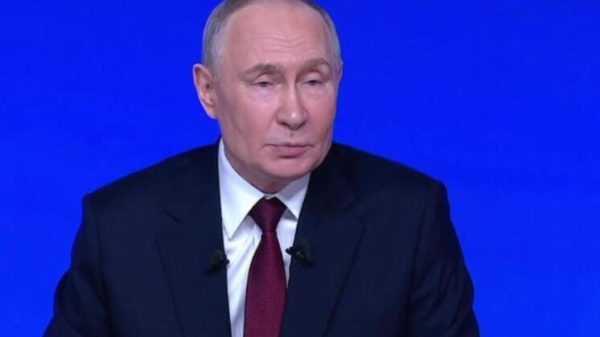



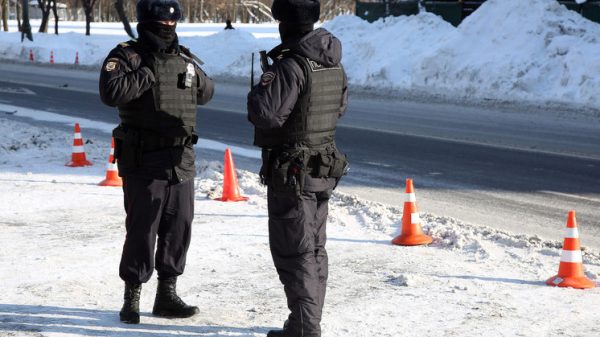

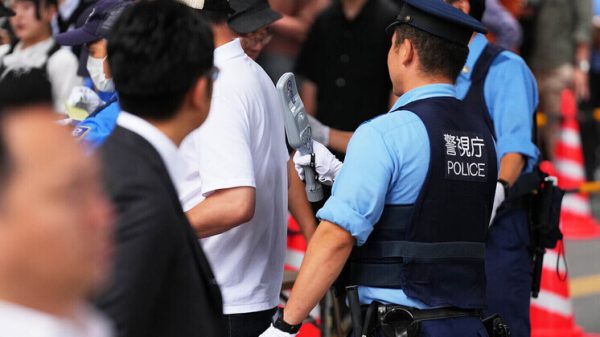



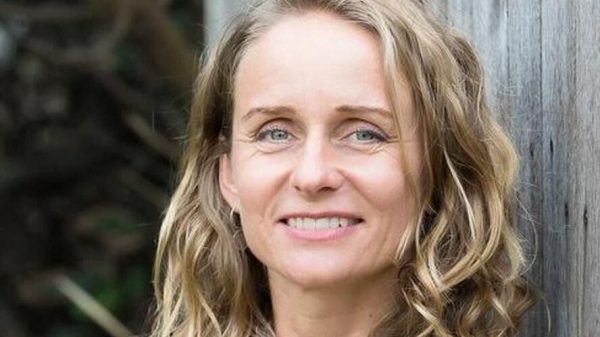


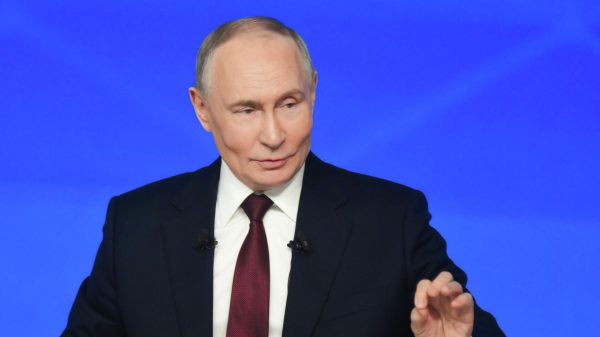
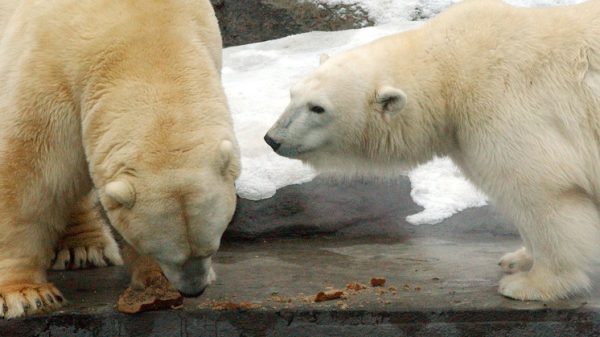

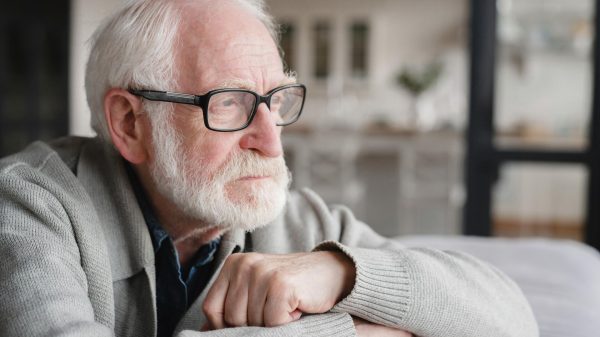











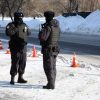
















Свежие комментарии